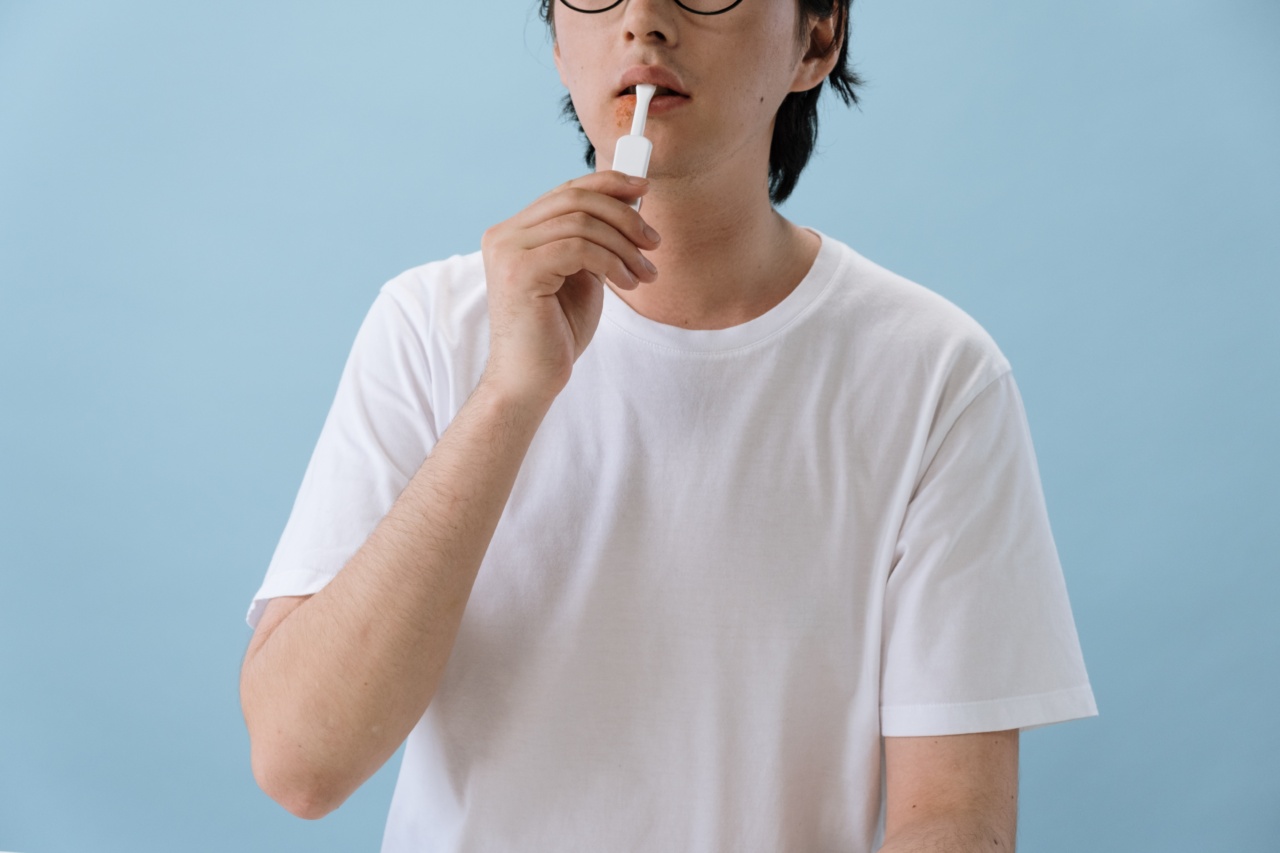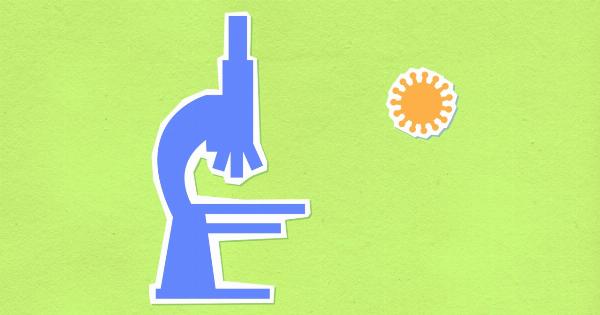Herpes zoster, more commonly known as shingles, is a viral infection that causes a painful rash. It is caused by the varicella-zoster virus (VZV), the same virus that causes chickenpox.
After a person recovers from chickenpox, the virus can lie inactive in nerve tissue near the spinal cord and brain. Years later, the virus can reactivate and cause shingles.
Cause of Herpes Zoster
The exact reason why the varicella-zoster virus reactivates in some individuals is unknown. However, several factors can increase the risk of developing shingles. These include:.
- Advancing age: Shingles most commonly occurs in people above 50 years of age.
- Weak immune system: Individuals with weakened immunity, such as those with HIV/AIDS, undergoing chemotherapy, or taking immunosuppressive medications, are more susceptible to shingles.
- Prior chickenpox infection: Individuals who have had chickenpox have the varicella-zoster virus in their system, which can reactivate and cause shingles at a later stage.
Symptoms of Herpes Zoster
The initial symptoms of shingles often include a burning, tingling, or itching sensation in a specific area of the body. This is followed by the development of a red rash that turns into fluid-filled blisters.
The rash typically appears in a stripe or band-like pattern on one side of the body, most commonly on the torso, but it can also affect the face or other parts of the body.
In addition to the rash, individuals with shingles may experience other symptoms, such as:.
- Pain or aching in the affected area
- Sensitivity to touch
- Fever and headache
- Fatigue
- General feeling of malaise
Treatment for Herpes Zoster
While there is no cure for shingles, prompt treatment can help alleviate symptoms, speed up recovery, and reduce the risk of complications.
Antiviral medications, such as acyclovir, valacyclovir, or famciclovir, are often prescribed to reduce the severity and duration of the infection.
In addition to antiviral medication, treatment may involve:.
- Over-the-counter pain relievers to manage pain and discomfort
- Antihistamines or topical creams to relieve itching
- Keeping the rash clean and dry to prevent infection
- Using cool compresses or taking cool baths to soothe the rash
- Wearing loose-fitting clothing to reduce irritation
It is important to consult a healthcare professional for an accurate diagnosis and appropriate treatment plan.
Preventing Herpes Zoster
While it may not be possible to completely prevent shingles, there are ways to reduce the risk of developing the infection. The most effective method of prevention is getting vaccinated with the shingles vaccine.
The shingles vaccine, also known as the herpes zoster vaccine, is recommended for individuals aged 50 years and older. It reduces the risk of developing shingles and decreases the severity of the infection if it does occur.
The vaccine is typically given as a single dose but may require a booster shot after a few years.
Other preventive measures include:.
- Maintaining a healthy immune system through regular exercise, a balanced diet, and quality sleep
- Practicing good hygiene, including regular handwashing
- Avoiding close contact with individuals who have active chickenpox or shingles
- Managing stress levels, as high stress can weaken the immune system
Conclusion
Herpes zoster, or shingles, is a viral infection caused by the varicella-zoster virus. It can cause a painful rash, accompanied by other symptoms like fever, headache, and fatigue.
While there is no cure for shingles, prompt treatment can help alleviate symptoms and speed up recovery. The most effective method of prevention is vaccination with the shingles vaccine. Additionally, maintaining a healthy immune system and practicing good hygiene can reduce the risk of developing the infection.
If you suspect you have shingles, it is important to seek medical advice for proper diagnosis and treatment.




























